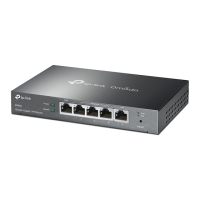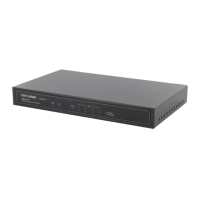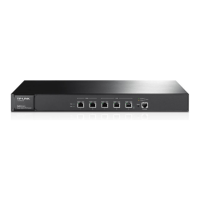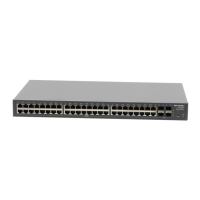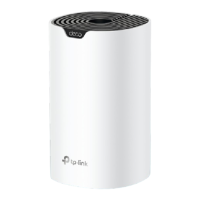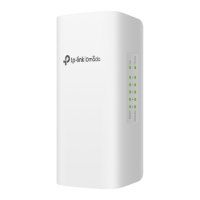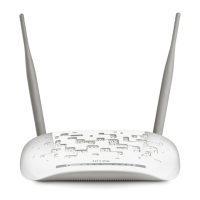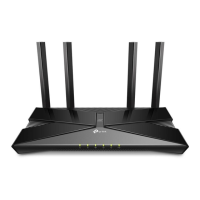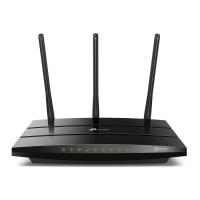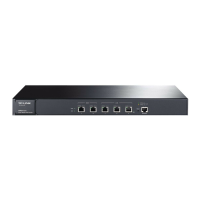
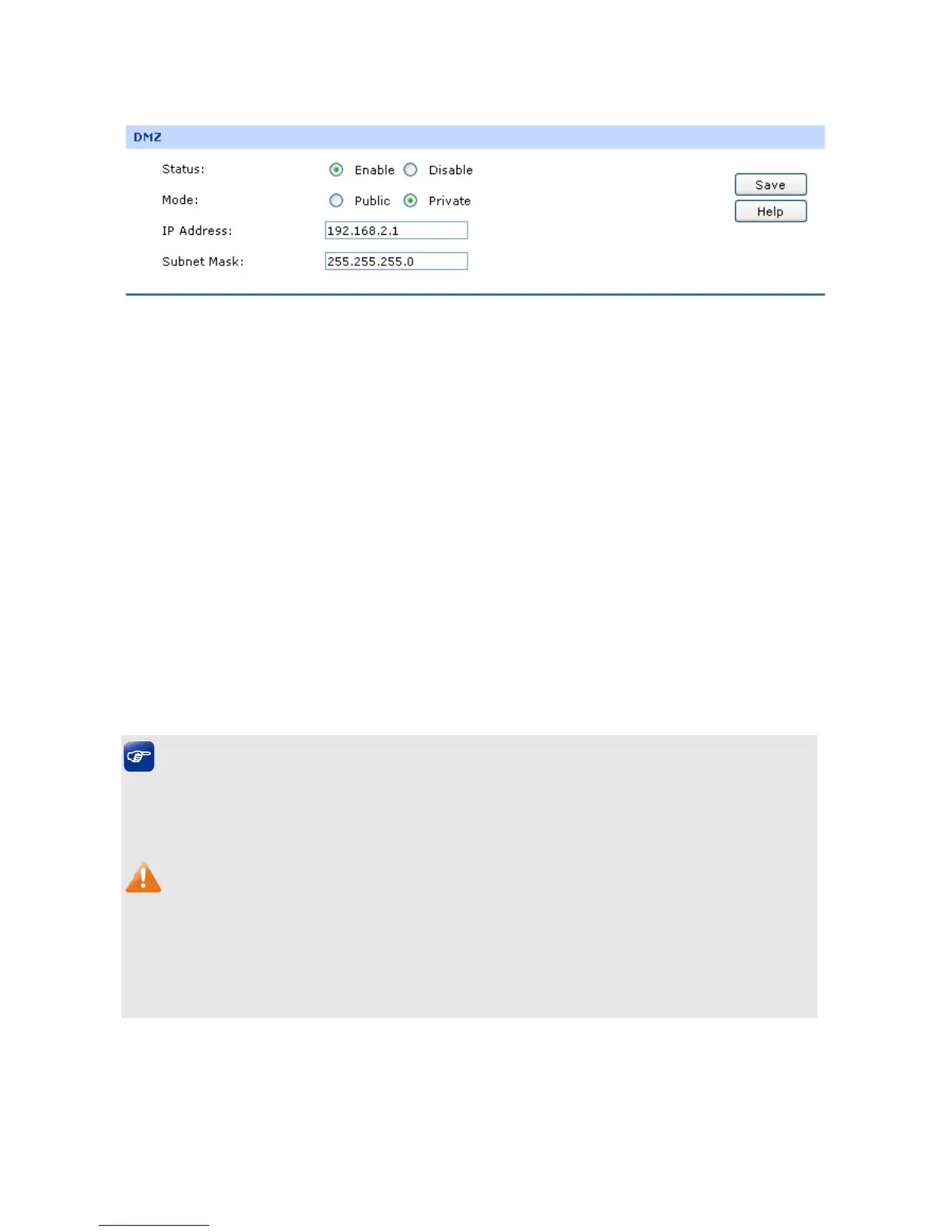 Loading...
Loading...
Do you have a question about the TP-Link SafeStream TL-ER6120 and is the answer not in the manual?
| WAN Ports | 2 |
|---|---|
| LAN Ports | 4 |
| DMZ Ports | 1 |
| Firewall Throughput | 1 Gbps |
| VPN Support | IPsec, PPTP, L2TP |
| Product Type | Router |
| WAN Port Type | RJ45 |
| LAN Port Type | RJ45 |
| VPN Throughput | 100 Mbps |
| PPTP VPN tunnels | 50 |
| L2TP VPN tunnels | 50 |
| Security Features | SPI Firewall |
| Dimensions | 8.7 x 4.9 x 1.7 in. (220 x 125 x 44 mm) |
Outlines the structure, conventions, and content of each chapter in the user guide.
Provides a comprehensive overview of the TL-ER6120 router's capabilities and functions.
Lists the hardware specifications and basic functions of the TL-ER6120 router.
Covers network settings including status, system mode, WAN, LAN, DMZ, MAC, and switch.
Details advanced configurations like NAT, Traffic Control, Load Balance, and Routing.
Explains firewall settings for ARP spoofing, attack defense, MAC filtering, and access control.
Covers VPN configurations including IKE, IPsec, and L2TP/PPTP tunnels.
Includes admin setup, management, license, statistics, diagnostics, time, and logs.
Details the network requirements for establishing an effective, safe, and stable network.
Provides step-by-step configurations for Internet settings and VPN setups.
Provides steps to log on to the router via the console port using Hyper Terminal.
Introduces common CLI commands for router management and user information.
